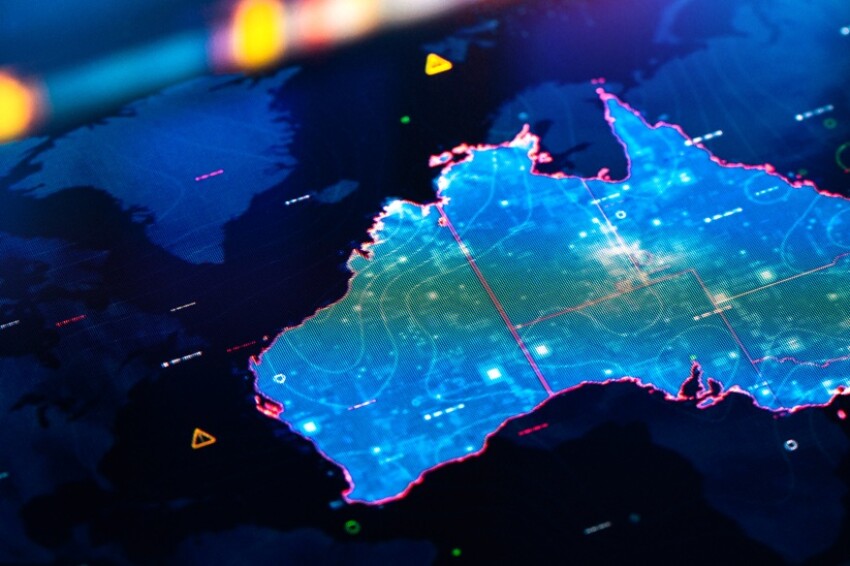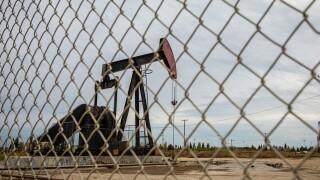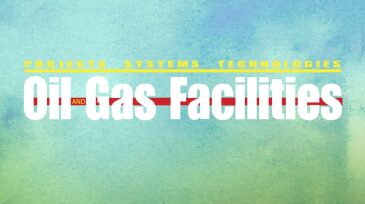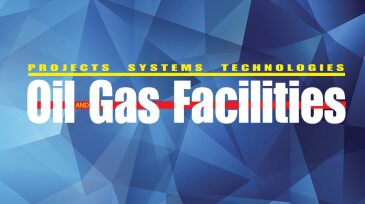Onshore/Offshore Facilities
Estimates commissioned by the Australian government suggest that increasing efficiency will lower costs for decommissioning offshore Australia.
This paper introduces an AI-driven digital fencing system designed to boost security in oil and gas fields. The main objectives are to improve security and safety of oil and gas facilities while addressing the limitations of legacy physical barriers, reducing false alarms, and eliminating the dependability on the grid in favor of renewable energy.
The contract will cover the design and manufacturing of tree systems, flexible flowlines, a manifold, and controls, as well as installation of the subsea production system.
-
Reliability analysis helps identify bottlenecks, assess risk, improve availability, and optimize maintenance. The challenge in Arctic regions is the lack of data -- normal climate analogs may not apply.
-
There are already many floating liquefied-natural-gas (LNG) receiving terminals operating successfully in the world. The economics of floating LNG (FLNG) is compelling. Major cost savings can be achieved by the streamlining allowed by FLNG processes.
-
This paper posits a design method for subsea equipment governed by American Petroleum Institute (API) Specification (spec.) 17 (and particularly 17D).
-
Carbon-molecular-sieve membranes (CMSMs) are a promising candidate for natural-gas purification because of their excellent stability, permeation selectivity, and permeability.
-
Small- and medium-scale liquefied natural gas (LNG) is different from conventional LNG in trading distances, target markets, and application areas. Small- and medium-scale LNG may better coordinate needs between regional gas producers and consumers.
-
Allseas Engineering’s giant new offshore construction vessel has a new name, prior to its first job. What was once the Pieter Schelte is now the Pioneering Spirit.
-
Among the top 10 largest discoveries in 2013, half of them are natural-gas discoveries and all of them are in offshore environments, primarily in Africa, Far East Asia, and transcontinental countries, with estimated resources of more than 4,000 million BOE.
-
Adapting to the New Normal in Oil and Gas Construction: How the Market Will Endure Growing PressuresIn February, President Obama vetoed legislation that would approve the construction of TransCanada’s Keystone XL Pipeline. The 7-year regulatory saga is emblematic of the regulatory and public relations burdens on US energy projects. With the rejection of the bill, the burden will grow.
-
The SPE Gulf Coast Section’s Projects, Facilities, and Construction study group presented sessions during its spring lecture series on experts’ discussions of the processes involved in metering measurements.
-
Jimmie Riesenberg, senior process adviser and separations lead at Chevron, discussed the finer points of a scrubber design in a presentation held by SPE Separations Technology Technical Section.













